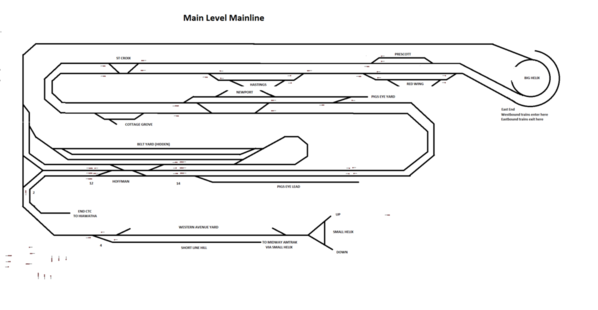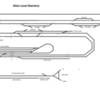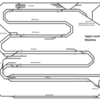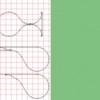My layout has six reverse loops, but it is difficult to see any of them due to the size of the layout. There is a large staging / storage yard that is built on one of them. When trains depart from there, the entire mainline is a reverse loop. Go around one way and the train is headed east. Go the other way and it's headed west. Then everything goes back to the yard.
Then there is a second smaller yard also built on a reverse loop. Finally, there are three more loops hidden along the mainline. Trains simply pass through a hole in the backdrop, and the track ties back into itself, and all of a sudden it is going back the way it came. There are also three wyes.
These are the two hidden yard schematics.

This is the lower deck mainline. The reverse loop is obvious in the drawing but is concealed when it passes through the backdrop.

There are two reverse loops and two wyes on the upper level. The reverse loops are a matched pair, as they are facing opposite directions, so a train could be run from loop to loop on this level. One loop was created specifically to handle my Triple Crown roadrailer train. I didn't want to have to back that thing up. The other loop was more of an afterthought and is even more difficult to find. I'm not telling where they are, you can have fun looking for them.


















